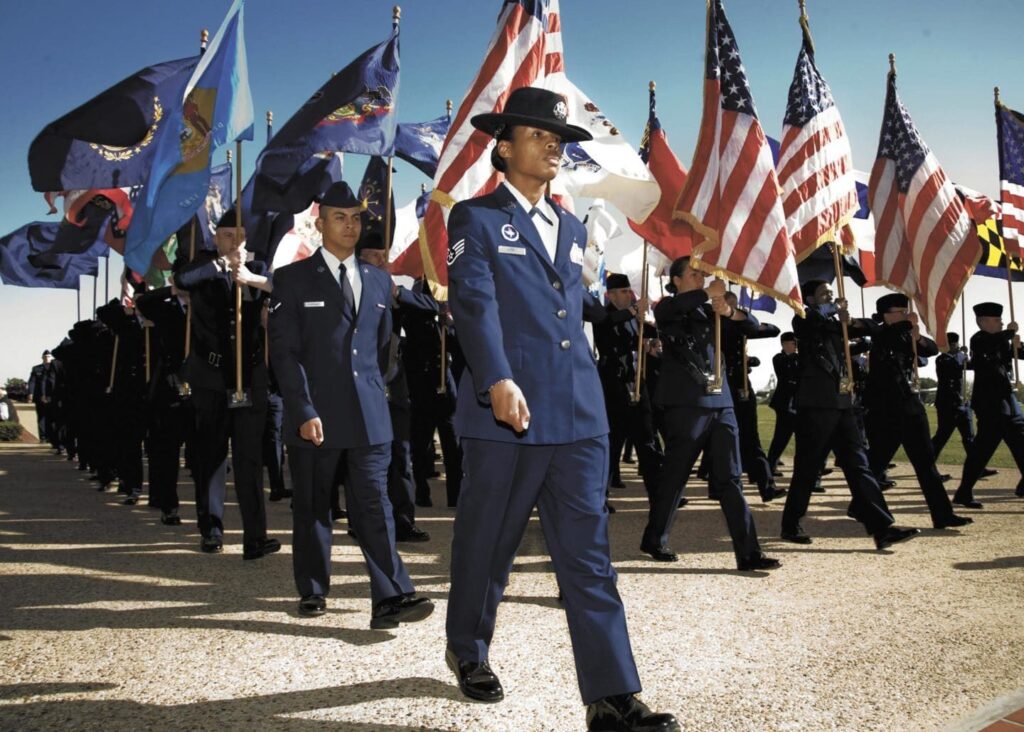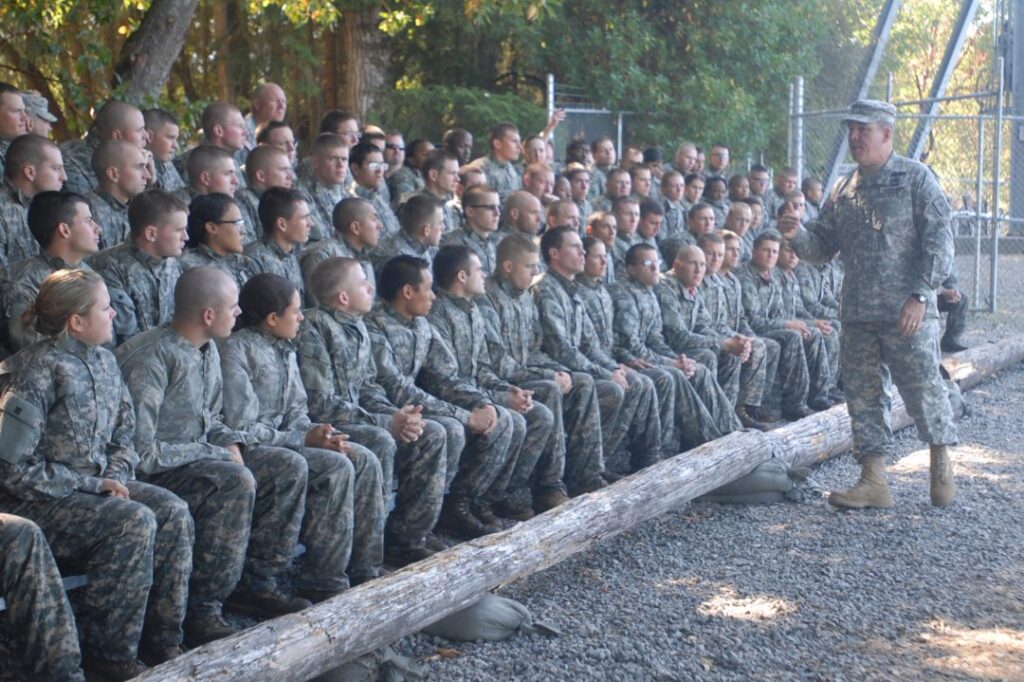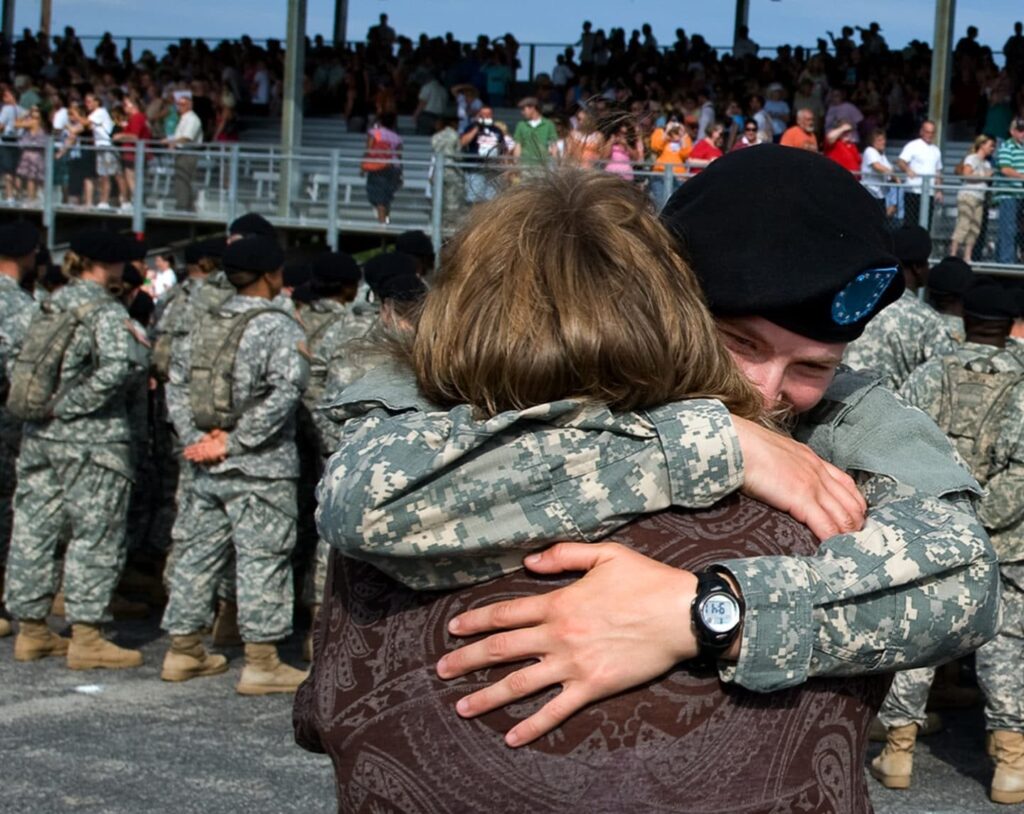
- The App
- Sandboxx News
- Resources
Learn
- Company
About
Become a Partner
Support
- The App
- Sandboxx News
- Resources
Learn
- Company
About
Become a Partner
Support
Parents of recruits and trainees at basic training installations around the country are undoubtedly watching the events in Ukraine unfold with questions swirling about what...
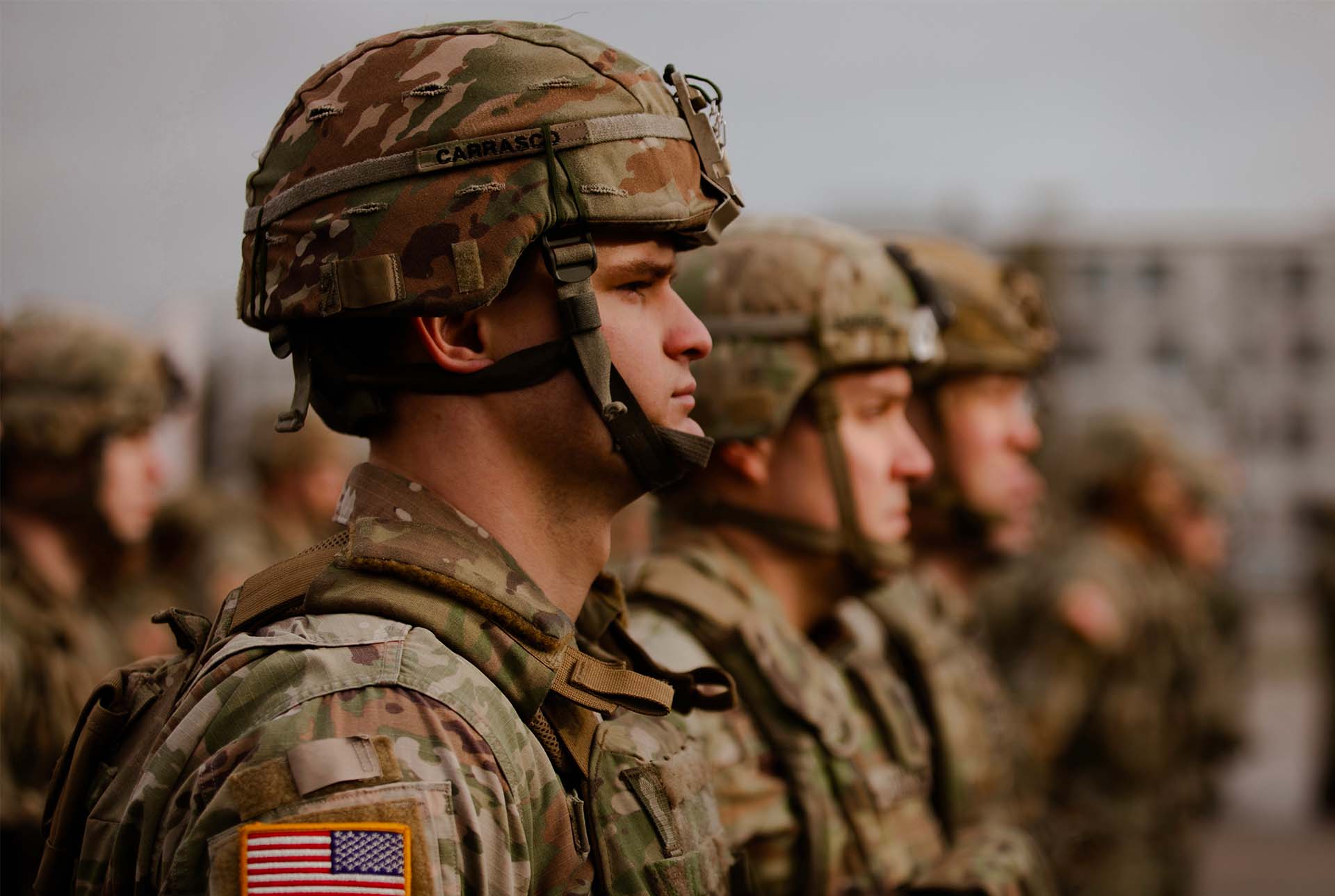
Parents of recruits and trainees at basic training installations around the country are undoubtedly watching the events in Ukraine unfold with questions swirling about what this could mean for their loved ones in the military. So here at Sandboxx News, we decided to compile the most frequent questions we’ve seen and provide the best answers that we can.
Last Wednesday, Russian President Vladimir Putin ordered Russian forces to invade Ukraine, creating the largest war to take place on European soil since the end of World War II. In response, the United States and its NATO allies have levied significant economic sanctions against Russia, which has, in turn, prompted the Russian president to threaten a nuclear attack against anyone who attempts to interfere with Russia’s plans for Ukraine.
For the parents of American service members in training, this might feel like your worst fears come to life, but the truth is, the war in Ukraine is more likely to affect you before them. The United States is not fighting in the war for Ukraine, nor does it have any intention to.
Right now, the most likely outcome of this conflict for Americans are increased gas prices and a heightened state of readiness inside the borders of our European allies, with other economic ramifications to follow. In other words, the war in Ukraine will affect Americans’ pocketbooks but doesn’t appear to be the onset of World War III or anything nearly that dramatic.
Here at Sandboxx News, we want to help keep you well informed about this situation, the challenges, risks, and potential outcomes. So, we’ve compiled a list of common questions parents have about the war in Ukraine; our best answers are below.
Related: Putin announces military operation in Ukraine as fighting begins
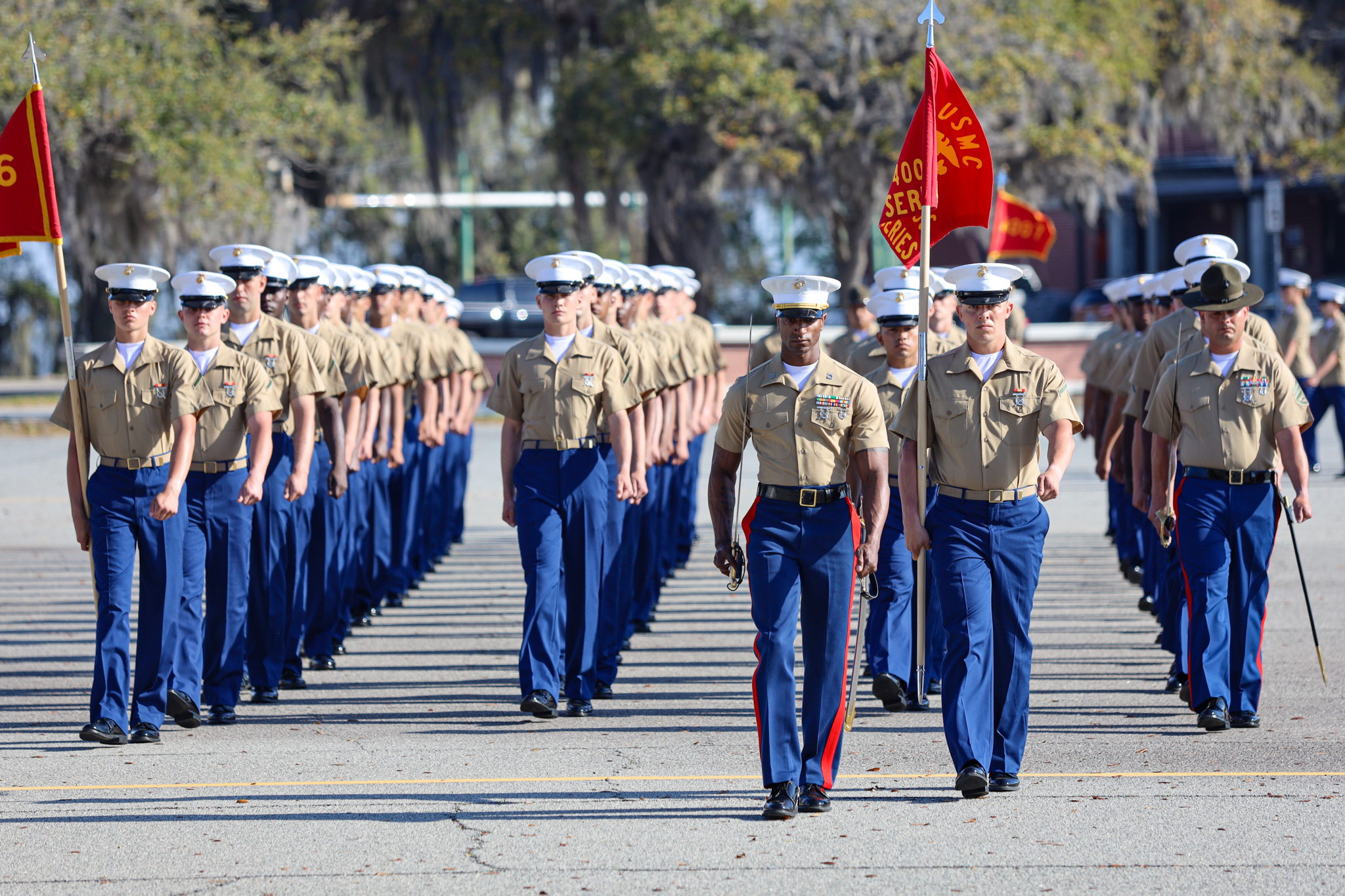 Marine Corps Recruit Depot, Parris Island > News”/>
Marine Corps Recruit Depot, Parris Island > News”/>No. The United States has been clear that it has no intention of sending American troops into Ukraine to engage with Russian forces. America is providing military support to Ukraine in the form of shipments of ammunition and equipment, economic sanctions, and diplomatic pressure, but not with direct military intervention.
You may hear about American troops moving around Europe, and we may even see additional American forces deploy to nations on NATO’s Eastern flank (the countries closest to Russia). These troops are not positioning to attack Russia, but rather to present a fortified defense against any potential Russian aggression against NATO allied nations.
There are no 100% certainties in geopolitics, but there are still many layers of conflict left between the war in Ukraine and a broader conflict between superpowers.
Related: US military responds to Ukraine crisis, bolstering NATO borders
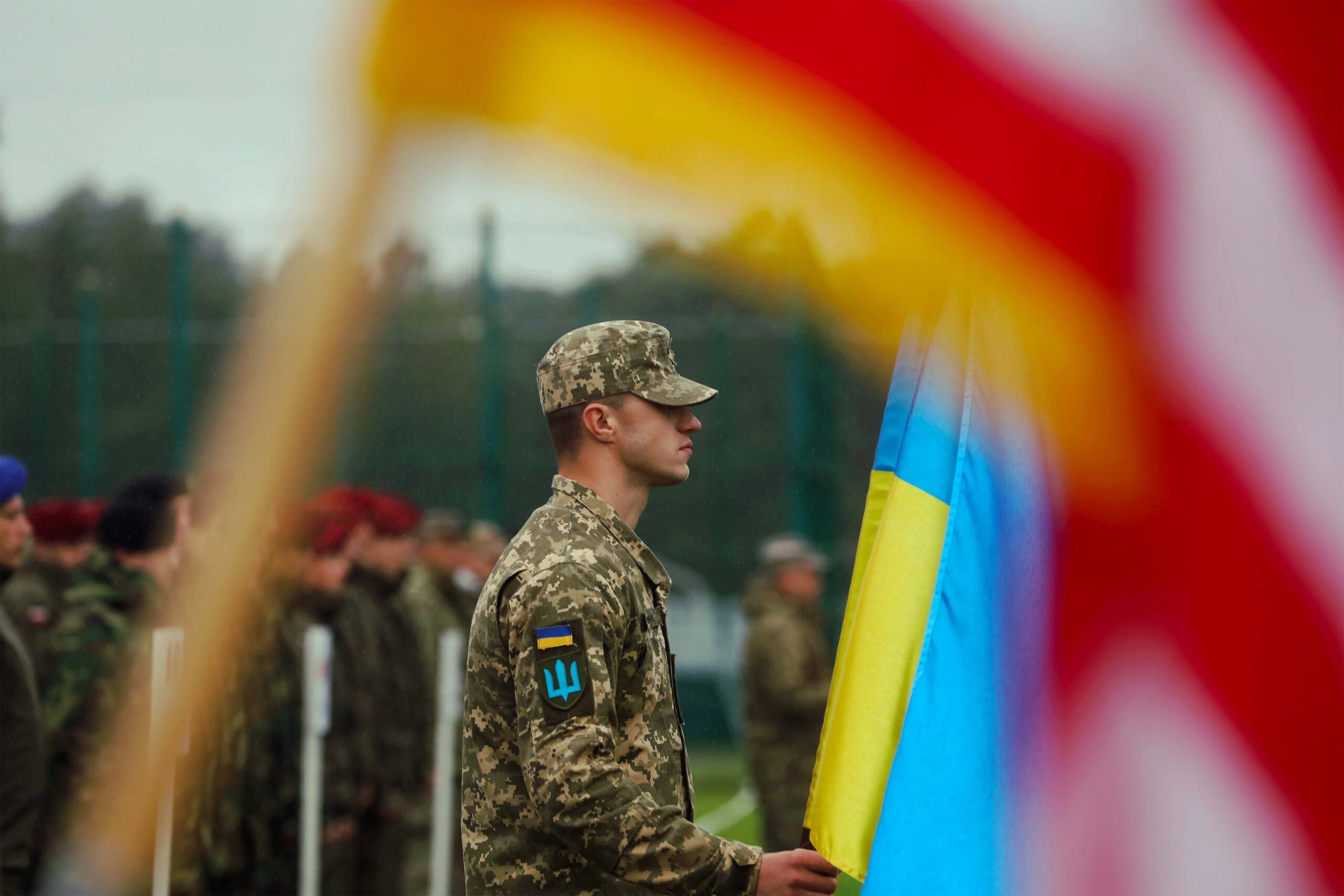
One of the biggest questions parents ask about America’s response to the war in Ukraine is simple: why does America care? Aside from the humanitarian implications of an illegal and unjustified invasion of a sovereign nation, America has both formal obligations to Ukraine as well as a clear interest in curbing Russian aggression in Eastern Europe.
Ukraine relinquished its stockpile of former Soviet nuclear weapons in 1994 in exchange for security assurances and guarantees of their sovereignty provided by the U.S., U.K., and Russia (among other countries) in an agreement now known as the Budapest Memorandum. In the agreement, America did not say it would send troops or direct military assistance, but the U.S. did promise to do everything in its power to protect Ukraine from Russian aggression if Putin were to go back on his word.
You can learn more about the Budapest Memorandum in our full story on the subject here.
But there are also broader geopolitical implications to Russia’s invasion of Ukraine America has to consider. NATO, the North Atlantic Treaty Organization alliance America is a part of, was established to counter Soviet and later Russian aggression, and while Ukraine is not a member of NATO, the way NATO responds to this crisis will determine the alliance’s credibility and validity in the eyes of many around the world. Will NATO stand up to Russia or allow Putin to invade and conquer as much of Eastern Europe as he sees fit?
If Russia succeeds in taking Ukraine without significant repercussions, it’s unlikely conflict will end there. Just West of Ukraine lies Moldova, a small non-NATO nation that was once a part of the Soviet Union and has already seen a rise in “pro-Russian” separatist activity likely seeded by the Russian government just as they did in Ukraine beginning in 2014. In other words, once Ukraine falls, the clock may be ticking for Moldova, and then others.
Standing up to Vladimir Putin economically and diplomatically now is intended to prevent another conflict from erupting in the region further down the road, as well as limiting the potential for broader conflict with NATO.
Related: The origin of America’s security obligations to Ukraine
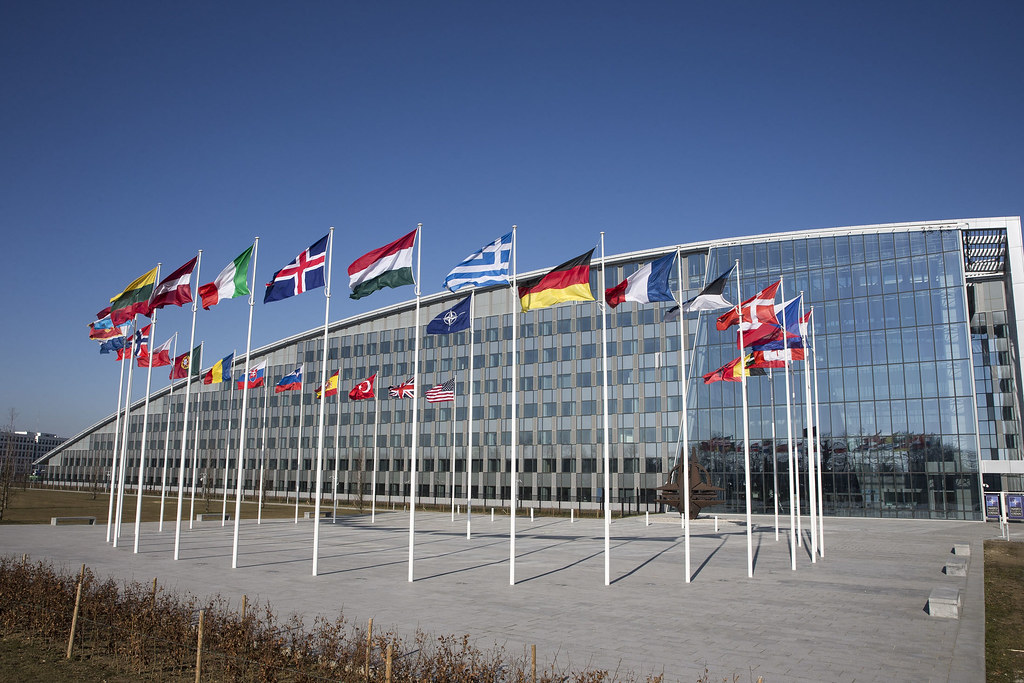
No. Ukraine has expressed interest in joining NATO and has worked with NATO frequently in the past, but to date, Ukraine is not a member of the alliance.
This is an important distinction because Russia’s invasion of Ukraine would have prompted a response from NATO forces had Ukraine been a member, under Article 5 of the NATO charter (commonly known as the mutual defense clause). Russia does not want to go to war with all of NATO, so it is extremely unlikely Russia would attack any NATO member state.
Related: What is Article 5 of the NATO charter?

Almost immediately after the world began levying sanctions against Moscow, Russian President Vladimir Putin began making thinly veiled threats about nuclear war, and as of writing this on Sunday, February 27, Russian nuclear forces have been placed on an alert status.
Let there be no doubt, these are serious threats and have to be taken seriously, but currently, there is very little reason to expect any sort of nuclear attack on Ukraine or the rest of the world at large.
Russia maintains a positively massive stockpile of nuclear weapons, including some of the largest and most exotic delivery vehicles in the world, but the doctrine of Mutually Assured Destruction is as prevalent in preventing nuclear war today as it was at the height of the Cold War.
Put simply, mutually assured destruction guarantees that any nation that launches a nuclear attack would be utterly destroyed by the opposing nation or nations. America ensures its end of MAD using its nuclear triad—in other words, America spreads its nuclear arsenal out among multiple delivery methods so that no matter how devastating a Russian first strike might be, America still has the means to wipe Russia off the map. This existential threat has been sufficient to prevent nuclear war since the 1950s, though the concept itself dates back to at least 1870.
America also has nuclear allies that would respond to a Russian attack as well, making a nuclear exchange a very bad option for Vladimir Putin. In effect, a nuclear attack would end the world as we know it, and that doesn’t benefit Putin or his regime in any way.
But again, nuclear threats are serious and need to be treated as such.
Related: What exactly is America’s nuclear triad?
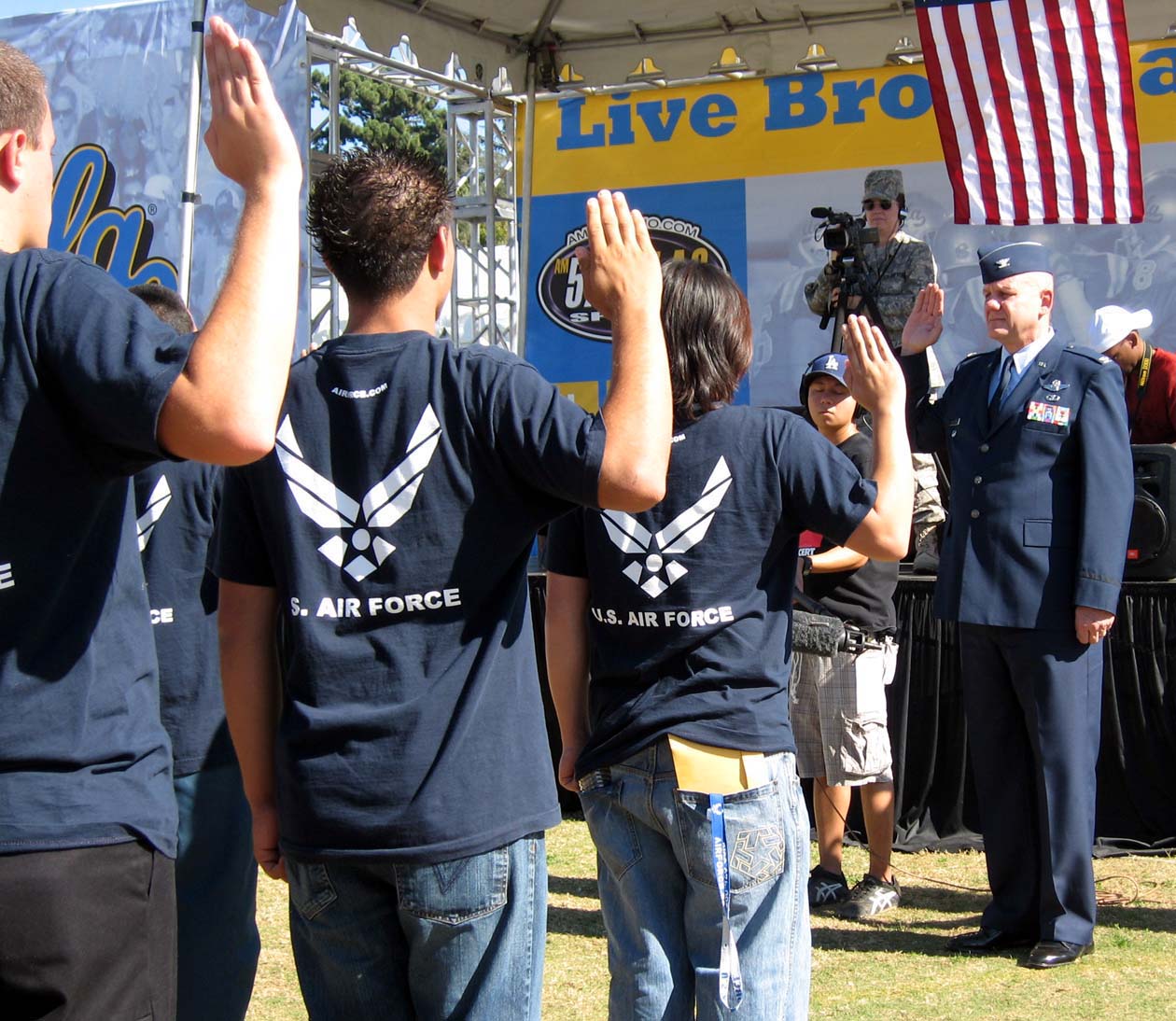
No. Right now, there are no signs that U.S. troops will participate in any fighting in Europe, and President Biden has been clear that American troops headed to Europe will not be entering Ukraine. This question about Ukraine hasn’t been limited to parents of service members, but it seemed important to address here anyway.
America has the largest, most powerful, and technologically capable military on the planet. It has no need to institute a draft at this time.
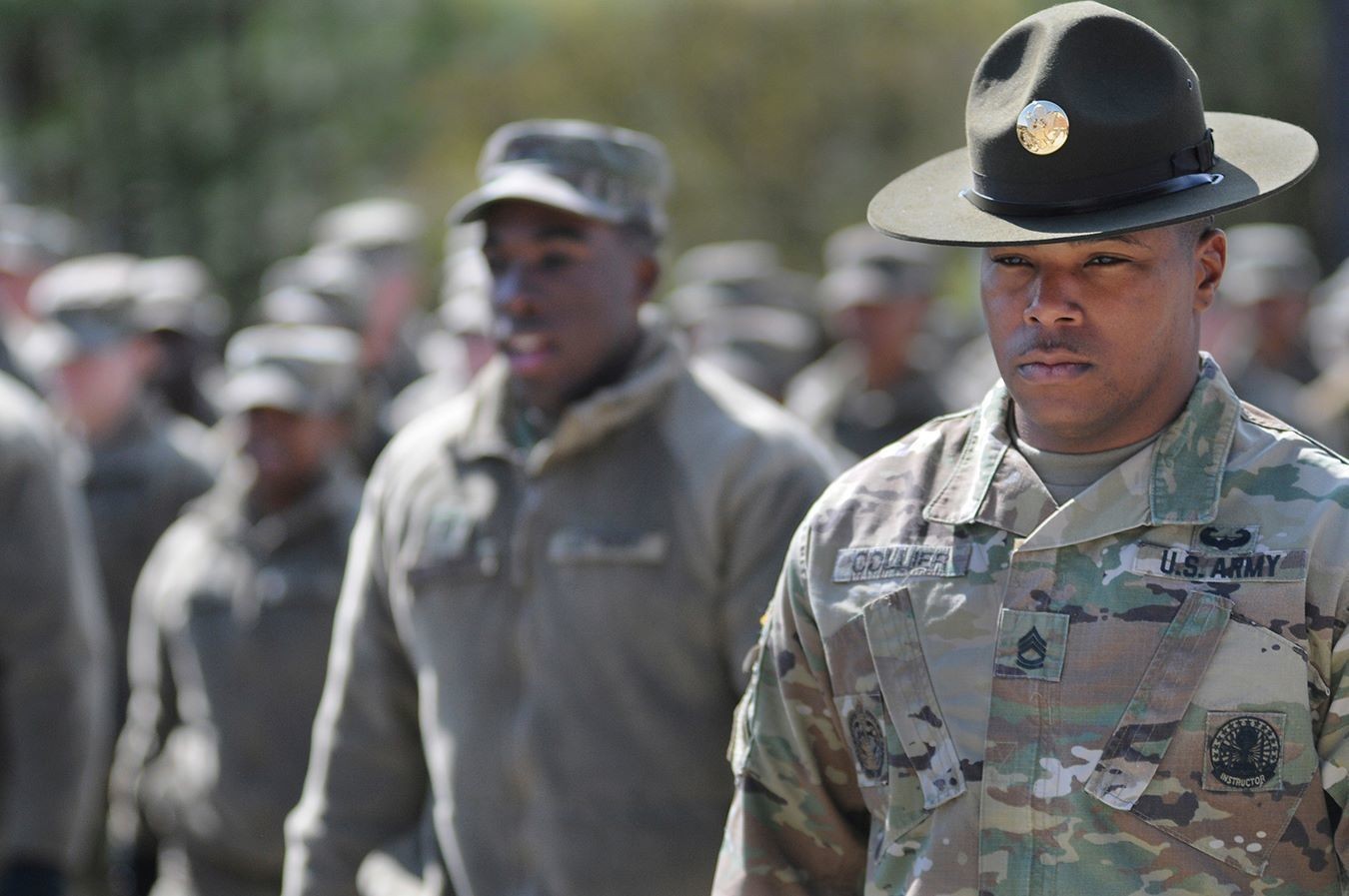
Yes. We have already confirmed with drill instructors and drill sergeants that we have been in contact with that many (if not all) recruits and trainees across basic training facilities around the country are already aware of the war in Ukraine.
Drill instructors and drill sergeants are in the business of preparing America’s best and brightest for war, and part of that is keeping them apprised of significant world conflicts. If your loved one hasn’t been told about the invasion of Ukraine quite yet, it’s very likely that they’ll be told soon.
Related: What is covered in Sandboxx News’ weekly newsletter to recruits and trainees?
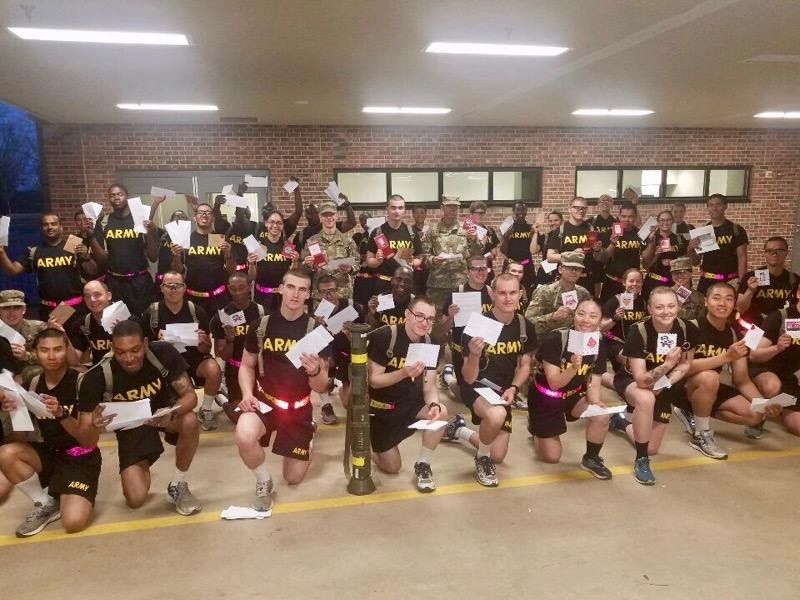
I want to be clear that the Sandboxx News team operates independently from Sandboxx proper, and by that, I mean that we aren’t instructed or even encouraged to try to sell you anything. With that said, the best thing you can do for your recruit or trainee at basic training is communicate with them, and our Sandboxx Letters service is a great way to do so faster than any other letter would get there.
The most important thing your loved one in training can get from you—just like always—is your support. Let them know you love them, that you’re thinking about them, and that things are okay.
Ask them if they have questions and try to answer the ones you can, but perhaps just as importantly, remind them that there’s more going on in the world outside of the war in Ukraine. Tell them about their family, friends, hometown, and what you’ve been up to. In a stressful situation, sometimes hearing about the monotony of normal stuff can be a comforting reminder that normal still exists back home, and the stresses of their new training life aren’t perpetual or all-encompassing.
If you need some help thinking of things to say, we’ve got you covered. Try some of these articles out:
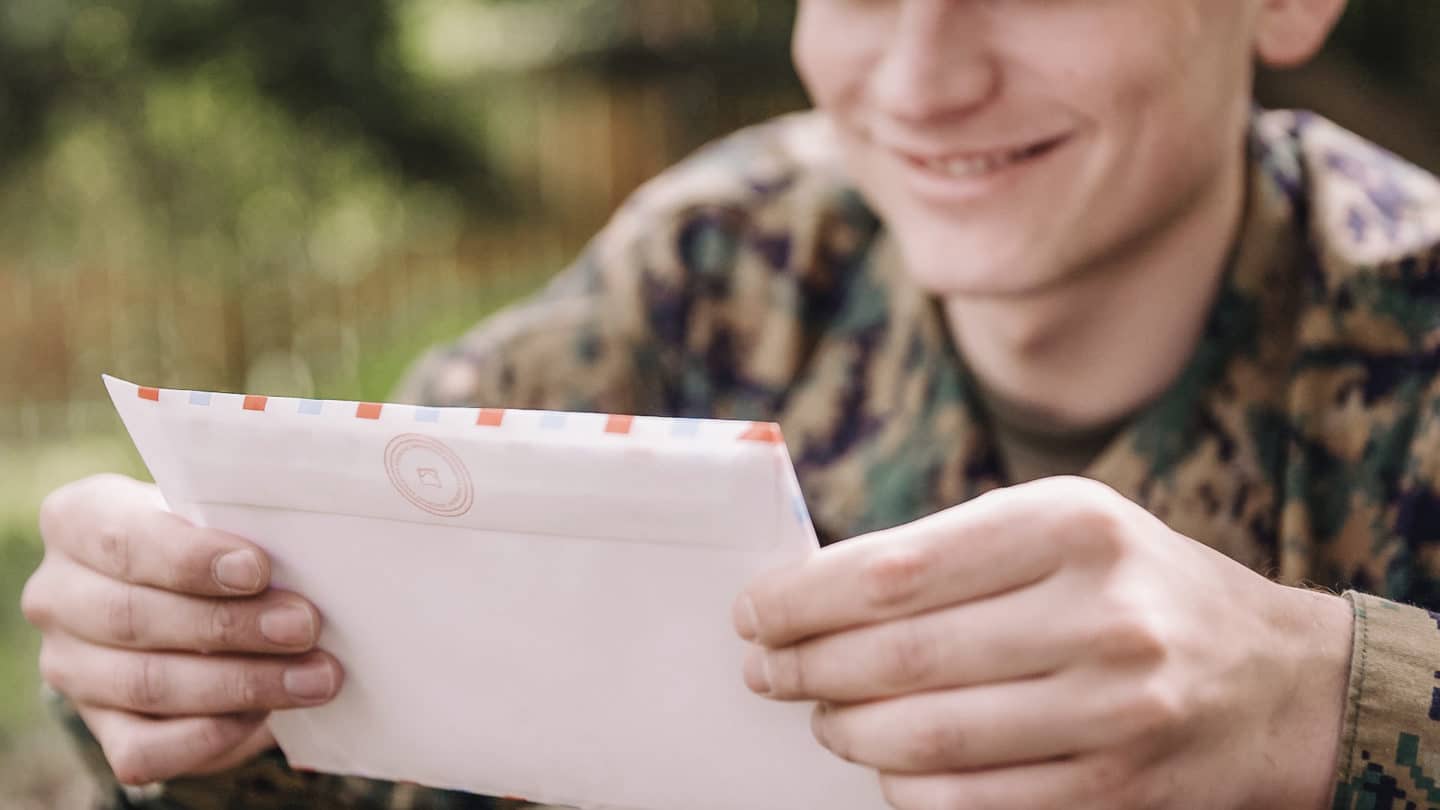
But information may be very limited for service members in training and your loved one may want to learn more about the conflict in Ukraine than you might be able to relay off the top of your head. You can sign them up for the Sandboxx News On Duty Dispatch (weekly newsletter) to have us send your loved one pertinent military news updates directly. Our coverage of Ukraine is limited to what they need to know, rather than the dramatic play-by-play we’re seeing in the mainstream media. You can also sign them up for the Off Duty Dispatch or the Scoreboard if you think they’d prefer a brief escape (entertainment and sports) from the harder edges of reality.
War in Ukraine is frightening and disconcerting, but to date, it changes next to nothing for America’s service members attending basic training. Remember that your loved one is okay, they are safe, and that your support genuinely matters. There are sure to be stressful days to come—stress is inherent to military service—have faith in the strength of your loved one, the quality of their training, and in your ability to let them know they’re loved from any distance and in any medium.
They can do this. You can do this. We can do this. Don’t forget that.
Our coverage of the war in Ukraine aims to educate and inform without any politics or sensationalism. Here are some stories that might help answer questions parents have about Russia’s invasion of Ukraine:


